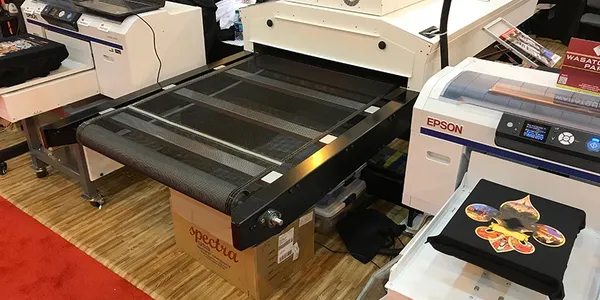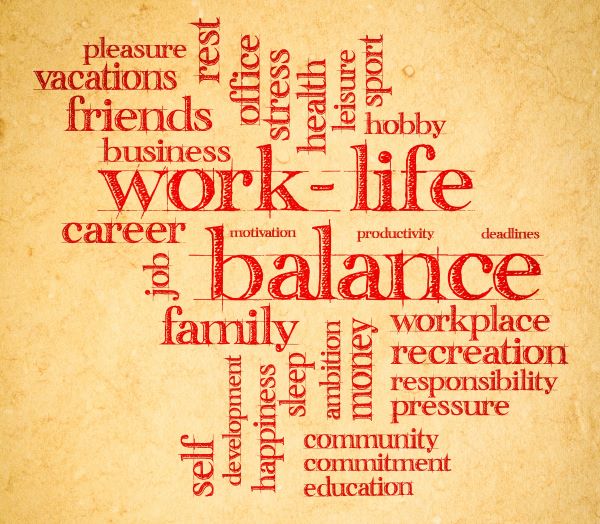
by Michael Best | Feb 5, 2024 | General interest
Who’s really your customer and what do they actually want? How much have you paused and contemplated that question?
Here is an of excerpt from Seth Godin’s book, This is Marketing, to demonstrate why you should contemplate the question as it relates to your business . . .
“Americans spent more than twenty-four billion dollars on dog food last year. The average price has has skyrocketed, and so has the gourmet nature of ingredients, like sweet potatoes, elk, and free-range bison..
And yet, I’ve never seen a dog buy dog food.
Have you?
Dog food might be getting more delicious as it gets more expensive, but we actually have no idea. We have no clue whether dogs enjoy it more, because we’re not dogs.
But we can be sure that the dog owners like it more.
Because dog food is for dog owners. It’s for the way it makes them feel, the satisfaction of taking care of an animal the responds with loyalty and affection, the status of buying a luxury good, and the generosity of sharing it.
Some dog owners want to spend more on the dog food they buy. Some want gluten-free dog food, loaded with high-value placebos.
But lets not get confused about who all this innovation is for. It’s not for the dogs.
It is for us.
A marketer for a dog food company might decide that the secret of more dog food sales is to make a food that tastes better. But that requires understanding how a dog thinks, which is awfully difficult.
It turns out that the right formula is to make a dog food that dog owners want to buy.”
Who’s really your customer and what do they actually want?

by Michael Best | Feb 1, 2024 | General interest
Last week I had a conversation with Pablo Forno of Grand Slam Sports of Okotoks, Alberta. I asked for the conversation because I’d heard that Pablo had an interesting perspective on the DTG versus screen printing debate. He had switched all his production from screen printing to direct to garment but a year later switched back a significant portion of his production to screen printing. I was interested to find out why.
Grand Slam Sports prints team uniforms in addition to regular, multi-colour prints on tees and sweats. The DTG printer is an Epson F2100 and the screen-printing press is a 4-colour, 4-station. Printing exclusively on the DTG printer wasn’t working for Pablo mainly because the garments have to be pre-treated and then racked to dry overnight. In addition to that, Pablo found that he had to heat press the garments to ensure that they were properly dry and ready for the printing.
For team uniforms that are usually polyester requiring only one or two-colour prints, he has found that it’s much quicker and more cost effective to screen print. But, the DTG printer is still used for short, multiple-colour runs.
So, if you’re considering a DTG printer you’d be well advised to consider it, not as a replacement for your screen-printing press, but rather as supplemental. And, of course, you need to have a very clear understanding of the financial impact and the cost-benefit aspect of the production balancing act you’re considering
Credit: Pablo Forno at www.grandslamcanada.com

by Michael Best | Jan 29, 2024 | General interest
A recent 16-page article written specifically for small business owners, attempted to explain the subtle difference between a mission statement and a vision statement. My Immediate reaction upon seeing the article was that the author didn’t have much experience dealing with small business owners. If he did, he’d know that his business-school theory may look good in print, but it’s chances of being read by the target audience were slim, and it’s chances of being implemented, even slimmer.
This doesn’t mean to say that it wasn’t a good article or that the theory wasn’t sound; it was a good article and the theory was sound. However, in practice, the average small business owner is a very busy person usually taking one day at a time and, under the circumstances, disinclined to take time out to read management theory articles.
But that doesn’t mean that small business owners shouldn’t be encouraged to consider missions and visions. However, they need to start wading at the shallow end. Expecting them to jump in boots and all at the deep end will only scare them off, and then an opportunity to implement a good business practice will have been lost. I consider it a success if I can persuade small business owners to take time out to just think about what they’re doing and where they want it all to go. Getting off the treadmill, standing back and calmly considering what they’re doing, what they want to accomplish, and what they’re going to do to get there, is a great start. That basic understanding and vision can then be built out gradually with the assistance of a consultant or accountant until it shapes up as a mission statement and even a vision statement to live by.
If this sounds like you and your business, you really need to take the first step on the way to developing mission and vision statements. Get off the treadmill for a couple of hours, go somewhere quiet and think about where the shop is at and where you want it to go. Then take that to an expert and get some help refining and formalizing it. It only makes good business sense.

by Michael Best | Jan 25, 2024 | Archive
There are many, many books, articles, and blog posts on how to manage staff. But sometimes you just have to be an a******. Well, at least that’s part of the management philosophy of the now ex-owner of a very big Canadian shop. I’m not going to name the shop or even the city because I haven’t specifically asked for permission to share this story. So let’s just call him Bob.
Bob is a mild-mannered, personable, considerate, unexcitable person—what most people would call an all-round decent guy. And this was reflected in his management style too. This is why when I heard this story years ago it tickled me then, and still does today.
Bob had established a designated smoking zone behind the shop for those essential smoke breaks that a number of his staff members apparently needed. He only had one rule—they had to place their cigarette butts in the provided bin. However, much to his annoyance the rule would be ignored and he’d find butts littering the ground. After repeatedly reminding the staff to use the butt bin, he apparently uncharacteristically “lost it” one day when he again found butts lying around.
He called the crowd of smokers into his office and shocked them by “going nuts.” As the saying goes, he went up one side of them and down the other. I understand that this was the end of cigarette butts on the ground. As Bob explained, “Sometimes you just have to be an a******!”

by Michael Best | Dec 18, 2023 | General interest
Let’s not kid ourselves . . . As small business owners we can’t deny that we suck at work-life balance. We grind endlessly. We don’t quit at 5.00 pm, we check emails all the time outside normal work hours, we feel guilty if we don’t “just pop in for a short while” to work at weekends, and we don’t take proper vacations, And we wear this as a badge of honour. There’s the old joke: “I own my own business so, yes, I get to choose my work hours. I get to choose which twenty out of twenty-four I’m going to work!”
The truth though is that it’s not a badge of honour and it’s not a joke; it’s a tragedy. It’s bad for our health (physical and mental), bad for family life, tough on those closest to us, and no way to live a balanced, fulfilling life. And we all know this.
So what to do about it? The first thing to realize is that it has to change. And the second thing to realize is that there’s no one-fits-all solution. But this doesn’t mean that you can delay finding a better work-life balance. What constitutes the right work-life balance will vary over time and have to be adjusted according to prevailing circumstances. So, it’s a work in progress. But “work in progress” is the key. It’s both something to work at and something that should always be in progress. If not, you will lapse back into choosing which twenty-two out of twenty-four hours you’re going to grind and your work-life balance will again be thrown out of whack.
if you have 9 minutes to spare for a humorous take on grinding at work, watch this Pardis Parker Ted talk.
Get off the treadmill and reconsider your work-life balance before it’s too late.





